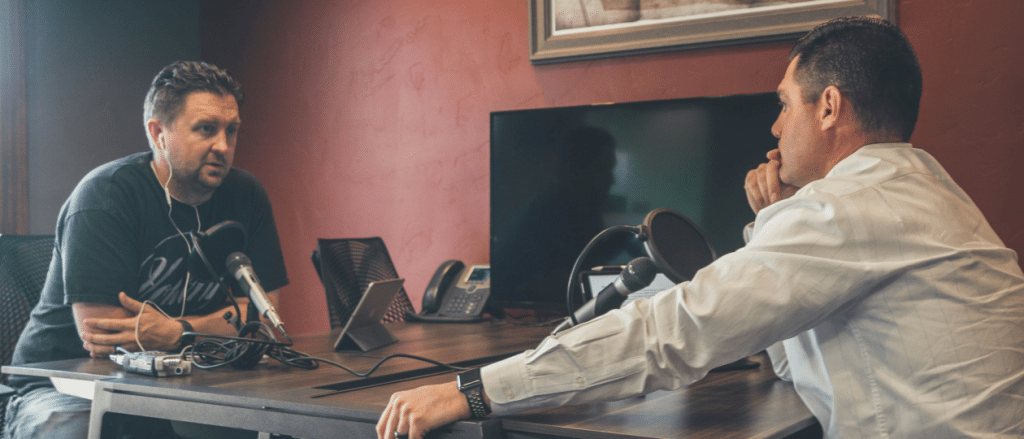
In today’s digital age, traditional radio is grappling with a significant decline in listenership. The rise of streaming services like Spotify and Apple Music, with their vast libraries and personalized experiences, is drawing audiences away. Smartphones and connected devices provide easy access to diverse audio content, challenging radio’s dominance. How is radio adapting in this modern landscape? Let’s take a look at the strategies that help radio stations coexist with innovations.
Technological Adaptation
To stay relevant, radio stations are embracing digital tools. Many now offer online streaming options via websites or dedicated apps. Some have even partnered with streaming services to attract new audiences. Podcasts have become a significant focus, allowing radio stations to tap into the growing demand for on-demand content.
The development of smart speakers and voice-activated assistants like Amazon Echo and Google Home has opened new avenues for radio, making it accessible to a wider audience. On-demand content allows consumption at one’s own pace, appealing to modern consumers who value convenience. To address this shift, radio stations are diversifying their offerings by producing podcasts and exploring interactive elements like live chats and audience call-ins to enhance engagement.

Advertising Challenges
The digital era has transformed advertising, presenting both opportunities and challenges for radio. Traditional advertising investment in radio has declined due to the rise of digital platforms and on-demand content.
To overcome this, radio stations are reevaluating their marketing strategies. They leverage their strengths, such as local presence and community engagement, to offer hyper-local targeting opportunities. Integrating on-air broadcasts with digital elements extends advertisers’ reach, allowing engagement across multiple platforms. Measuring advertising effectiveness remains a challenge, as attributing specific actions or conversions to radio ads is difficult.
Financial Viability
The financial viability of radio stations is a critical concern in the digital era. The shift in advertising investment to digital platforms has pressured traditional radio to adapt.
To address this, radio stations are diversifying their revenue streams. Embracing branded content, sponsored programming, and subscription-based models can provide additional income. Events and partnerships leveraging local presence and community engagement also generate revenue.
Collaborative opportunities and cost-sharing initiatives among stations can reduce operational costs and ensure financial stability. Data-driven insights and analytics help optimize operations and make informed business decisions.
Social Media Impact
Social media has become an essential tool for radio stations to enhance brand recognition and connect with their audience. Platforms like Facebook, Twitter, and Instagram allow stations to promote their shows, share behind-the-scenes content, and engage with listeners in real-time.
By creating a strong social media presence, radio stations can build a loyal community, attract new listeners, and keep their audience informed and entertained. Social media also provides valuable feedback, helping stations understand their audience’s preferences and tailor their content accordingly.

Storytelling and Listener Engagement
Storytelling is a powerful way for radio to connect with listeners on a deeper level. Engaging narratives, whether through talk shows, interviews, or thematic segments, create an emotional bond with the audience. Storytelling allows radio hosts to share personal experiences, cultural insights, and human-interest stories that resonate with listeners.
This approach fosters a sense of intimacy and loyalty, making listeners feel like they are part of a larger community. By focusing on compelling stories and relatable content, radio can differentiate itself from other digital platforms and retain a dedicated audience.

Radio faces significant challenges in the digital era, from declining listenership to financial hurdles. By embracing web platforms, adapting advertising strategies, and offering engaging, on-demand content, radio stations can continue to thrive in an increasingly digitized media landscape. The industry’s response to these challenges is a testament to its resilience and commitment to delivering quality content. With strategic adaptation and a forward-thinking mindset, radio has the potential to overcome these obstacles and remain a vibrant and influential medium in the digital era.
Platforms like Nobex Partners offer a wide range of tools and solutions to help radio stations exist in the digital landscape: On Demand content integration, Ad Campaigns, Listener Experience analytics, Social Media Integration, etc. By leveraging such platforms, radio can find new ways to innovate and sustain itself in a rapidly evolving media environment.
